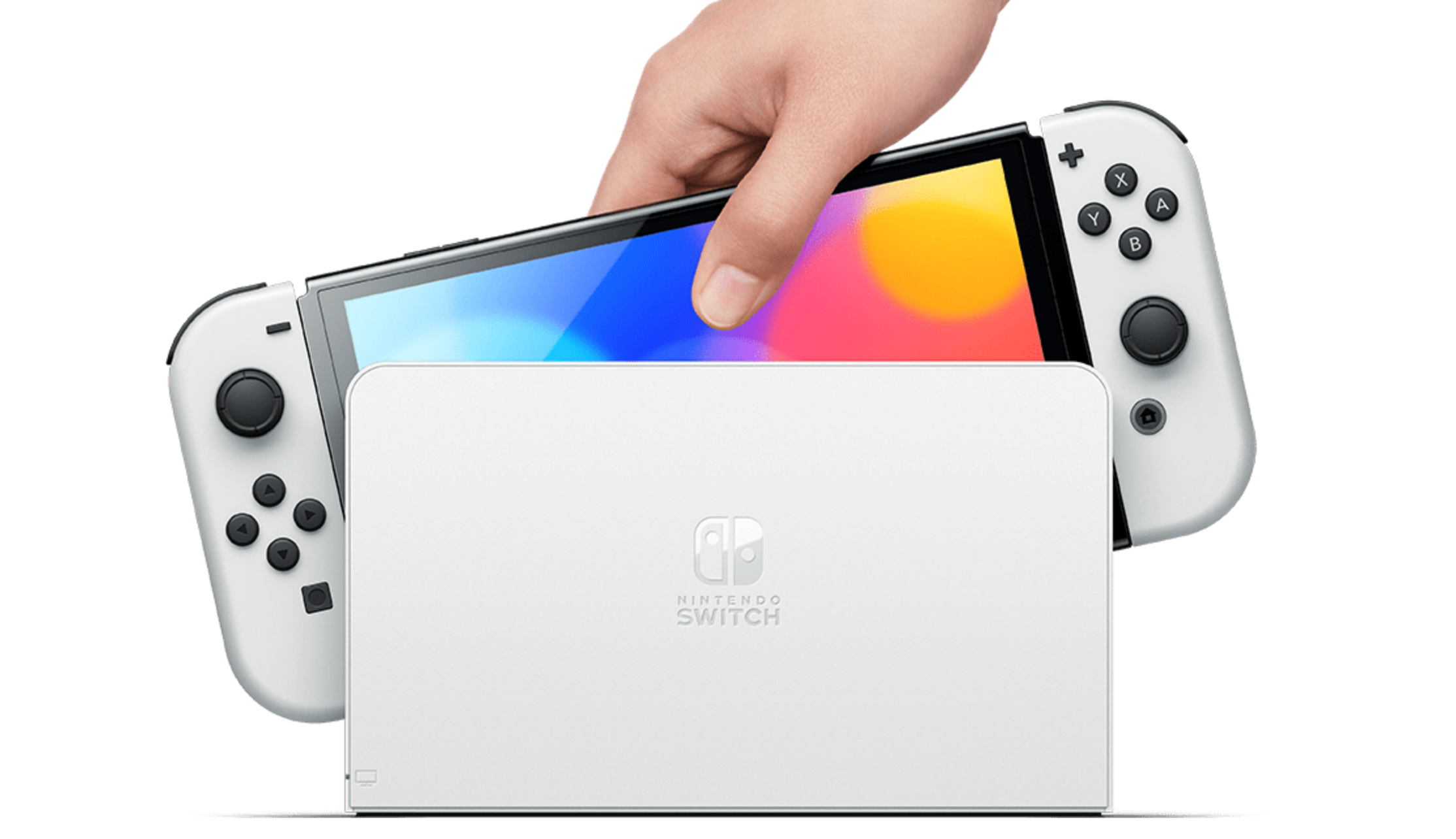Nintendo Switch OLED comparison: What’s new and different?
As rumored, Nintendo has announced a new version of its Switch portable game console, called the Switch OLED.
This is the fourth installment in the Switch lineage, which started with the original in 2017. The lineage then expanded to include the Switch Lite and a refreshed Switch with improved battery life and a more powerful processor in 2019.
Read More:
- Nintendo hack is larger than thought, involving 300K accounts
- Google Stadia will stop making original games for its platform
- The new PlayStation 5 VR headset is claimed to have 4K, eye-tracking and more
Nintendo Switch OLED vs Nintendo Switch: Display
As the name suggests, the new model has an OLED display, marking a useful upgrade over the LCD panel of the previous model. The screen is larger than before, up from 6.2 inches to 7.0 inches (the more compact Switch Lite has a 5.5-inch display).
The change to OLED will mean a greatly improved contrast ratio compared to the previous model, with much deeper blacks and brighter colors. Because OLED displays feature organic diodes that produce their own light, instead of being illuminated from behind by an LED panel, they can create true darkness for each and every pixel.
Readers might recall that some smartphones used OLED panels, and Apple switched to OLED for the iPhone 12 family in 2020. OLED televisions have been regarded among the very best models for years. Peak brightness should also be somewhat higher than the 320 nits of the LCD panel of the previous Switch.
Despite being larger, the new display has the same 1280 x 720 resolution as before, with the Switch OLED missing out on the upgrade to 1080p Full HD gamers had hoped for. Pixel density is a fairly modest 209 pixels per inch. At least the lesser 720p HD resolution will mean better battery life compared to how a 1080p model would perform.
When docked and connected to a display or television, the Switch outputs its games at 1080p, the same as before. Some had hoped for 4K output, but that isn't happening with this model. Speaking of the dock, Nintendo has added an Ethernet port for a more stable connection with your router, although Wi-Fi is also still an option.
Buy Nintendo Switch OLED at Best Buy
Nintendo Switch OLED vs Nintendo Switch: Design
The design of the new Nintendo Switch OLD is almost identical to the previous installments, with the display frames by a pair of detachable Joy-Con controllers with buttons, triggers, joysticks and haptic feedback. The familiar black, red and blue design also makes a return for this model, but is joined by a new white version.
Mercifully, the chunky display bezels of the previous Switch have been slimmed down with the OLED model, giving it a sleeker and more modern look.
Adding the slimmer bezels to the larger display means the Switch OLED is almost exactly the same size as before. It is just 0.1in longer than before, at 9.5 x 0.55 x 4.0 inches. Thankfully, the Joy-Con controllers of the previous Switch work with the new OLED model, so if you have bought any extras they'll connect just fine.
Around the back, Nintendo has redesigned the Switch's kickstand to help hold the console more securely and offer a greater range of angles.
Nintendo Switch OLED vs Nintendo Switch: Storage, processor and battery life
Storage has been doubled from 32GB to 64GB, and there is a microSD card slot for easily adding much more if you need it. Despite the more energy-efficient display, Nintendo says the new Switch OLED has the same 4.5 to nine hours of battery life as the previous model.
As for performance, there doesn't appear to be much change from before. Nintendo says the Switch OLED has the same Nvidia Custom Tegra processor and RAM as the current model, so games should run just as they did before, albeit with improved contrast thanks to the OLED display. Naturally, this means the new model can play all of the same games as the previous Switch.
Nintendo Switch OLED vs Nintendo Switch: Price and release date
The new Nintendo Switch OLED is priced at $350 in the US, which is $50 more than the standard Switch. It will be available to buy from October 8, and stock is likely to be extremely limited – just as it has been with the Xbox Series X and PlayStation 5 since they arrived last fall.
Nintendo Switch Lite - Blue
